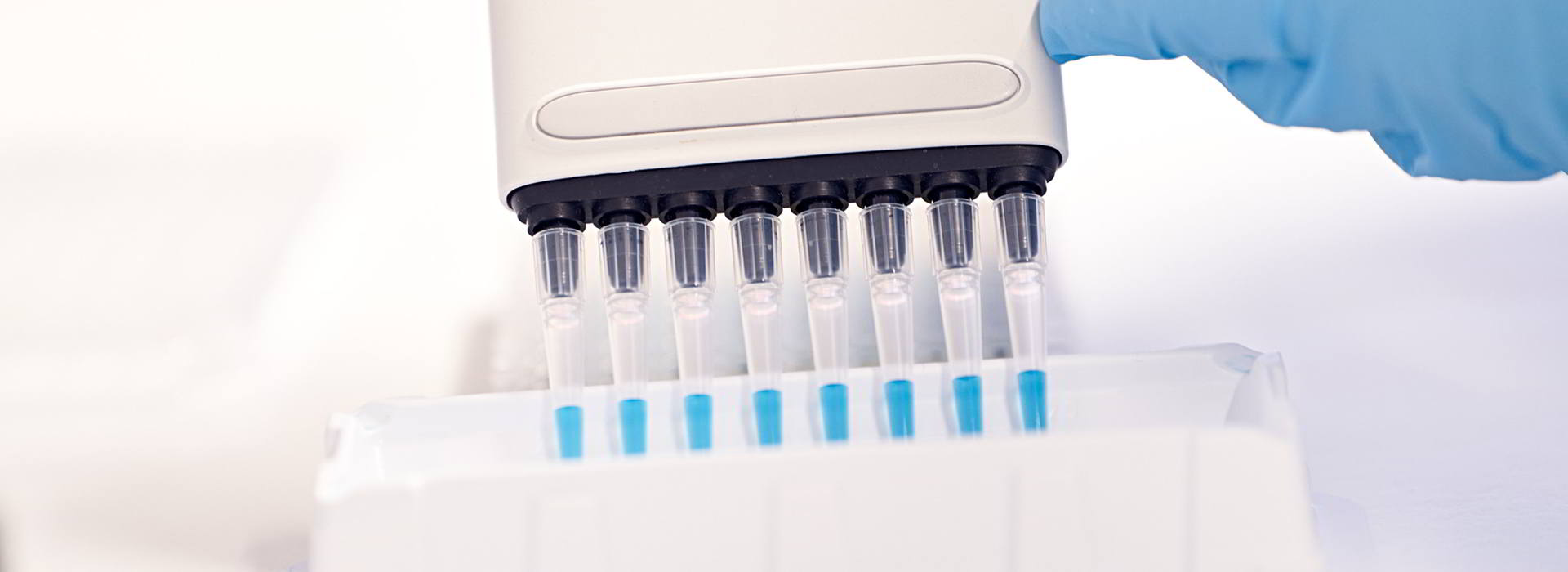
Glossary
Arrhythmia: An irregular heartbeat that is either abnormally slow (bradycardia) or too fast (tachycardia).
Biomarker: Generally, refers to a measurable indicator of some biological state or condition. Biomarkers are often measured and evaluated to examine normal biological processes, pathogenic processes, or pharmacologic responses to a therapeutic intervention.
Cardiac arrest: When the heart suddenly stops beating and respiration (breathing) and other body functions cease as a result. Without immediate treatment, the affected person will die.
Cardiac resynchronization therapy (CRT): Implantable device therapy for people with moderate to severe heart failure who also have ventricular desynchrony. Helps the lower chambers of the heart (left and right ventricles) beat together in a normal rhythm again.
Coronary artery disease: Chronic condition in which a clogged artery prevents the heart from receiving sufficient blood.
Echocardiogram (or «echo»): A cardiac imaging test that provides information concerning the anatomy and function of the heart, including a measurement of how well the heart is pumping (ejection fraction or EF, see below).
Ejection fraction (EF): The percentage of blood pumped by the left ventricle during every heartbeat. People with a normal, healthy heart typically have an ejection fraction of 55 percent or greater. An ejection fraction of 40 percent or less indicates a weakened heart.
Electrocardiogram (ECG): A test that records the electrical activity of the heart, revealing evidence of previous heart attacks, enlargement of the heart and abnormal rhythms.
Enzyme-linked immunosorbent assay (ELISA): A test that uses antibodies and color change to identify a substance, e.g. in a blood sample. ELISA is often used as a diagnostic tool in medicine.
Implantable cardioverter defibrillator (ICD): A surgically inserted electronic device that constantly monitors your heart rate and rhythm. When it detects a very fast, abnormal heart rhythm, it can deliver a rapid electrical pulse or if required an electrical shock to the heart muscle to restore normal rhythm.
Pacemaker: A small electronic device implanted under the skin activated by a slow heart rate. If required, the pacemaker will send electrical impulses to the heart muscle in order to maintain a normal heart rate.
Ventricular fibrillation (VF): An abnormally rapid heart rhythm disorder originating in the ventricles that is unstable and irregular. Electronic signals move through the heart erratically and prevent it from beating properly causing circulatory collapse. Untreated, VF will cause sudden cardiac death.
Ventricular tachycardia (VT): A heart rhythm disorder originating in the ventricles. Rapid contractions prevent the heart from filling adequately with blood between beats. Patient may become dizzy, faint or collapse. Can be life threatening if not treated.
